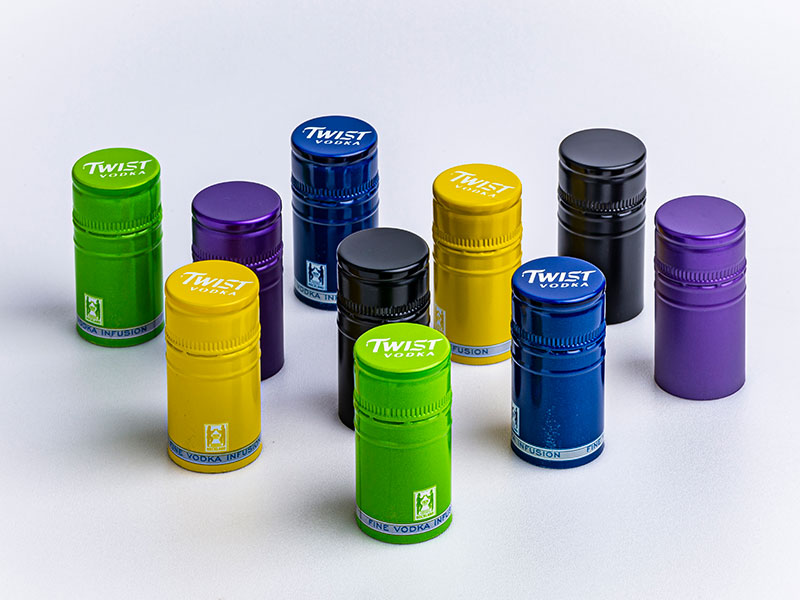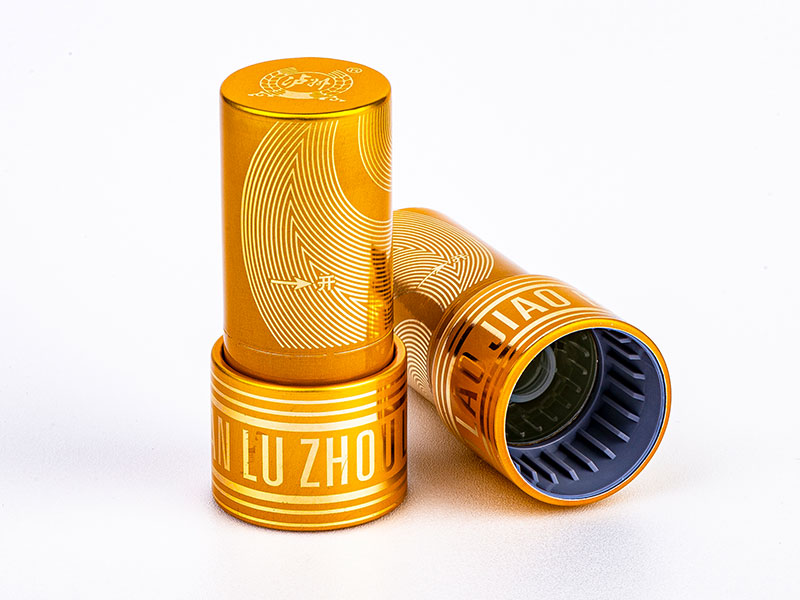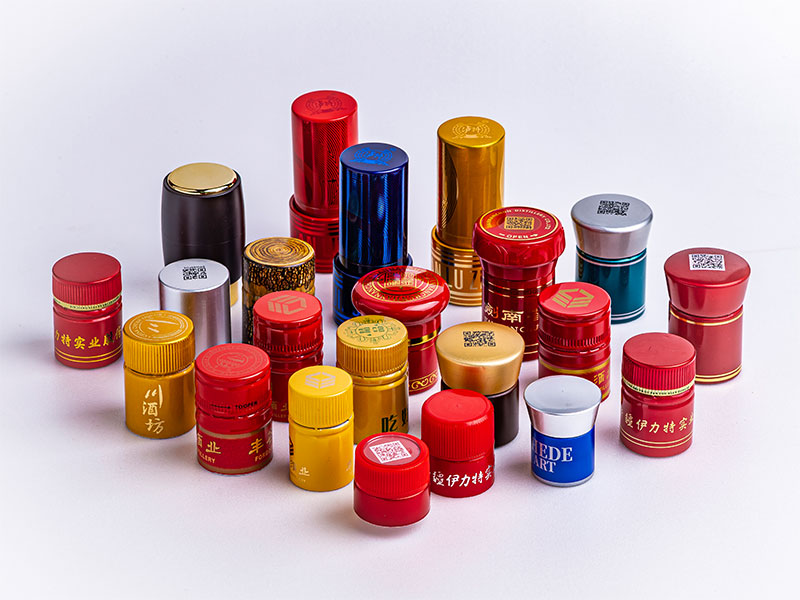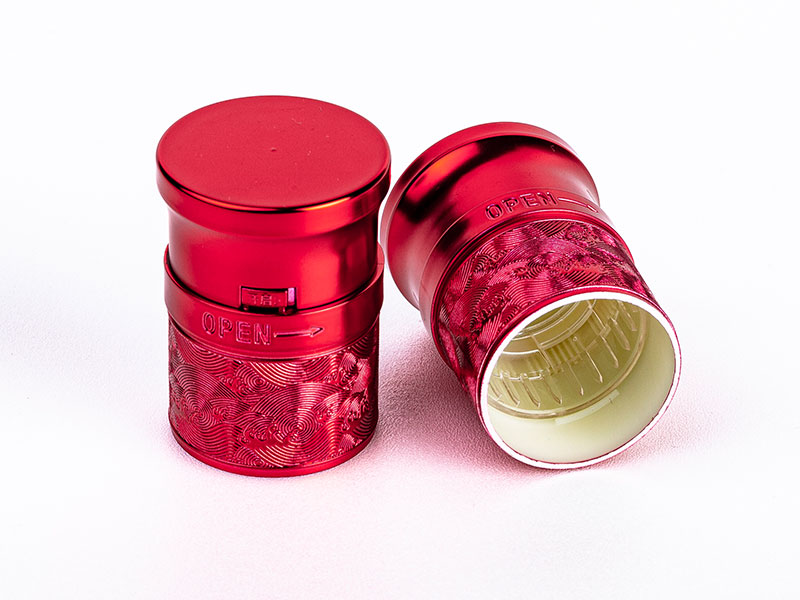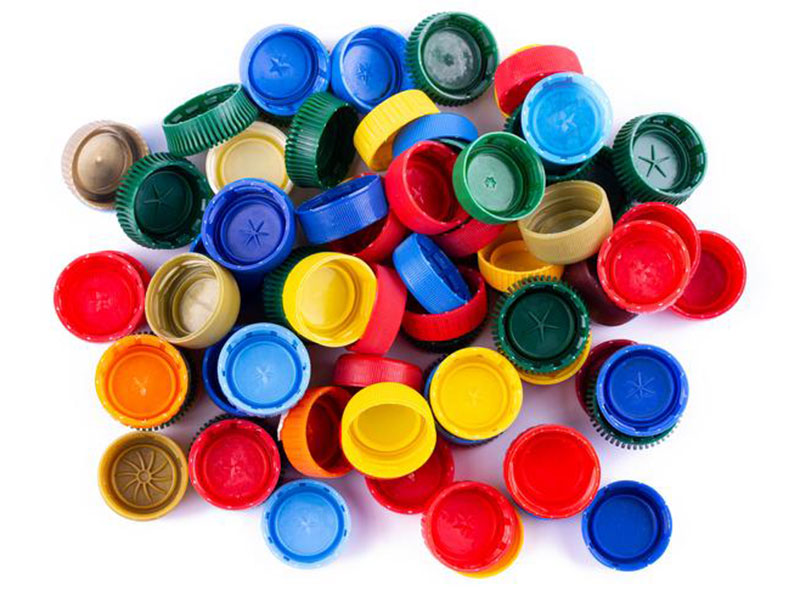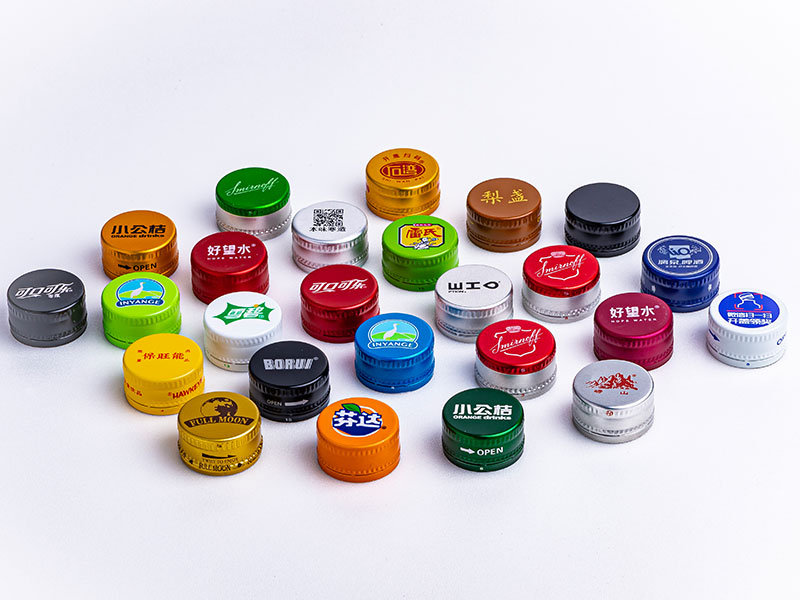Aluminum Bottle Caps for Soda with High Pressure Resistance
When you crack open a cold soda, that satisfying “pop” is more than just a sensory delight — it’s the result of engineering precision. One unsung hero behind that moment is the humble aluminum bottle cap carefully designed to withstand the high internal pressures of carbonated beverages. From both a materials science and manufacturing perspective, aluminum alloy caps offer unique advantages that combine practicality with performance. Here’s an exploration of why these caps excel under pressure and how their composition and tempering contribute to their reliability.
The Challenge: Containing High Carbonation Pressure
Carbonated soda can exert internal pressures up to 3–4 atmospheres (approximately 44–59 psi) at room temperature, and this pressure can increase with temperature or agitation. The bottle cap must resist this expanding gas without deforming, leaking, or compromising the seal integrity.
Working with high-pressure resistant aluminum bottle caps for soda presents a unique set of challenges. We're not just dealing with sealing a beverage; we're managing potentially explosive forces. My team and I constantly grapple with the fine line between ensuring a robust seal – preventing leaks and explosions during carbonation – and maintaining ease of opening for consumers. It's a complex interplay of material science, manufacturing precision, and testing methodologies. A tiny imperfection in the cap's design, the aluminum alloy's composition, or the crimping process can lead to catastrophic failure, so quality control is paramount. We're constantly experimenting with different alloy compositions to balance strength, lightweight design, and recyclability.
Beyond the technical aspects, the human element is crucial. We're talking about a product millions use daily, and its failure can have significant consequences – from messy spills to potential injury. That responsibility weighs heavily on us. I've seen firsthand the meticulous attention to detail required, from the initial design simulations to the final inspection on the production line. It's a constant learning process, adapting to new technologies and responding to feedback from our clients and consumers. Seeing a perfectly formed, flawlessly functional cap roll off the production line is always satisfying, knowing the countless hours of research, development, and tireless effort that went into it.
Aluminum bottle caps hit the sweet spot. Unlike plastic caps that may creep or crack and steel caps that can corrode, aluminum provides a corrosion-resistant, lightweight, and high-strength solution with excellent formability.
Choosing the Right Aluminum Alloy
Not all aluminum alloys are equal when it comes to high-pressure applications. The selection hinges on balancing mechanical strength, corrosion resistance, and manufacturability.
Common Alloy Choices:Aluminum alloys from the 3000-series and 5000-series are frequently used for bottle caps, notably Aluminum 3105 or Aluminum 5052.
Chemical Composition Example (Aluminum 5052):| Element | Percentage (%) ||-----------|--------------------|| Aluminum (Al) | Balance (~94.8-96.8) || Magnesium (Mg) | 2.2 – 2.8 || Chromium (Cr) | 0.15 – 0.35 || Manganese (Mn) | ≤ 0.1 || Others | Trace amounts |
Magnesium adds significant strength and improves corrosion resistance without sacrificing lightweight properties.
Tempering for Strength and Resilience
Temper designation plays a crucial role in determining the cap’s ability to withstand internal pressure.
- Common Tempers for Bottle Caps:The H14 temper (strain-hardened and partially annealed) is popular for providing moderate strength with good formability. In some critical applications where higher strength is needed, H18 or even H16 tempers may be used, delivering yield strengths up to 27,000 psi (186 MPa). The tempering process ensures the metal doesn’t deform when the soda bottle is pressurized or during capping by the automated machinery.
Structural Design and Implementation Standards
Material properties alone don’t dictate performance — design and quality standards complete the system.
Bead and Thread Precision:An aluminum cap often features well-defined lunar-shaped beads inside that screw securely onto the bottle neck threads, ensuring pressure resistance.
Liner Material and Adhesion:Caps typically contain polymer liners (e.g., polyethylene or a blend) guaranteeing gas-tight seals that work in synergy with the hardness of aluminum.
Manufacturing Standards:Industry standards like ASTM B209 (for aluminum sheets and plates) and compliance with FDA regulations for food-grade contact materials ensure that caps are both safe and reliable.
Advantages Beyond Pressure Resistance
Corrosion Resistance:The protective oxide layer on aluminum protects the cap against acidic environments found inside soda bottles.
Lightweight and Sustainable:Aluminum caps contribute to overall beverage sustainability goals by reducing weight and being fully recyclable.
Thermal Conductivity:Aluminum also helps quickly cool the caps during production, speeding up manufacturing cycles and maintaining shape consistency.
https://www.bottle-cap-lids.com/a/aluminum-bottle-caps-for-soda-with-high-pressure-resistance.html



